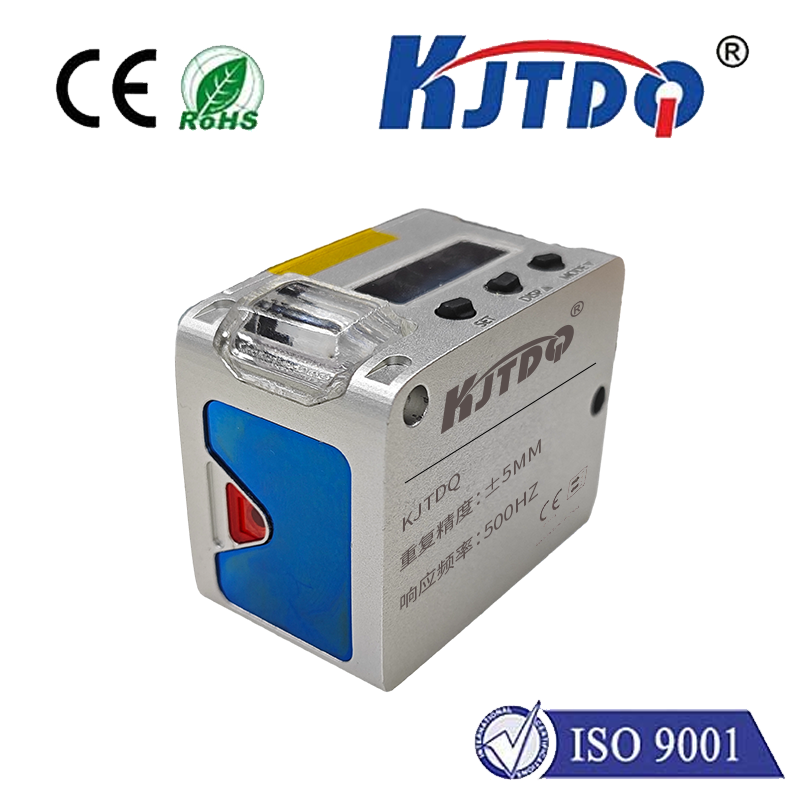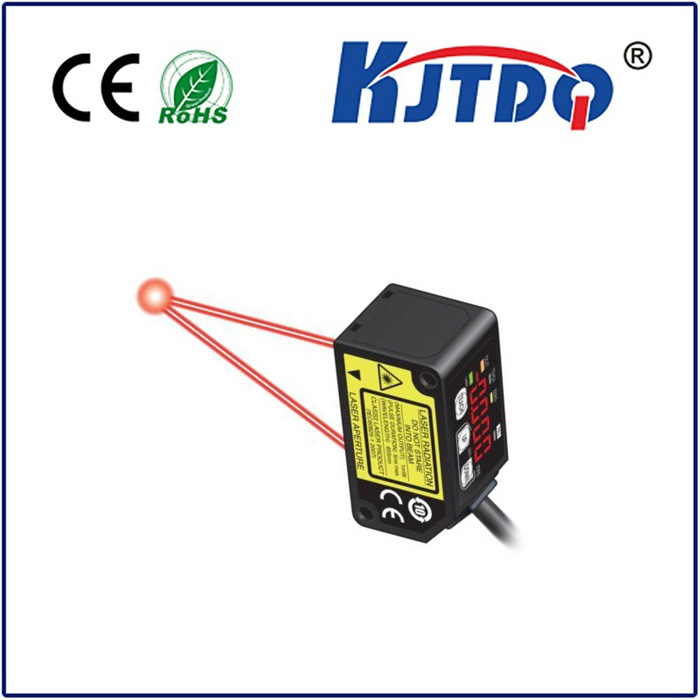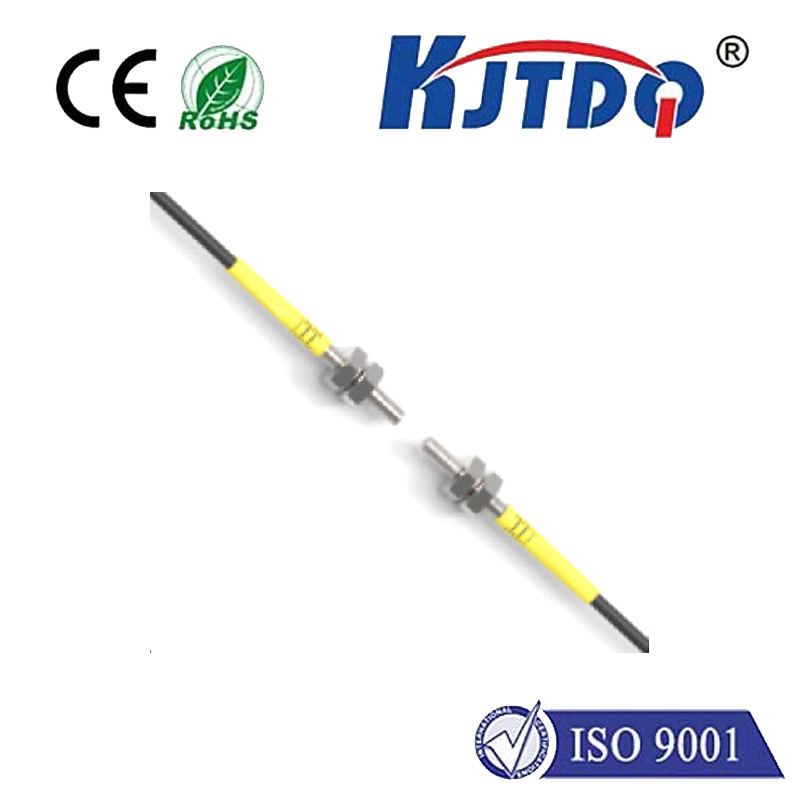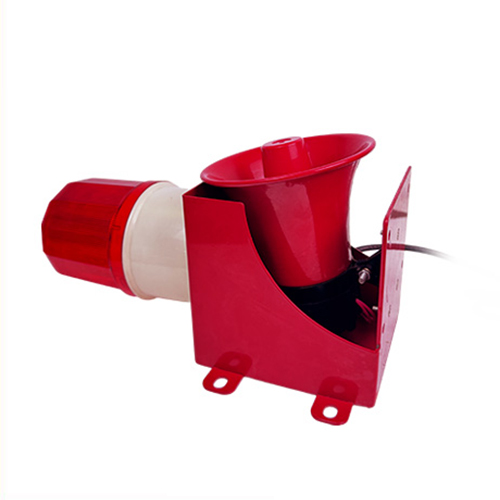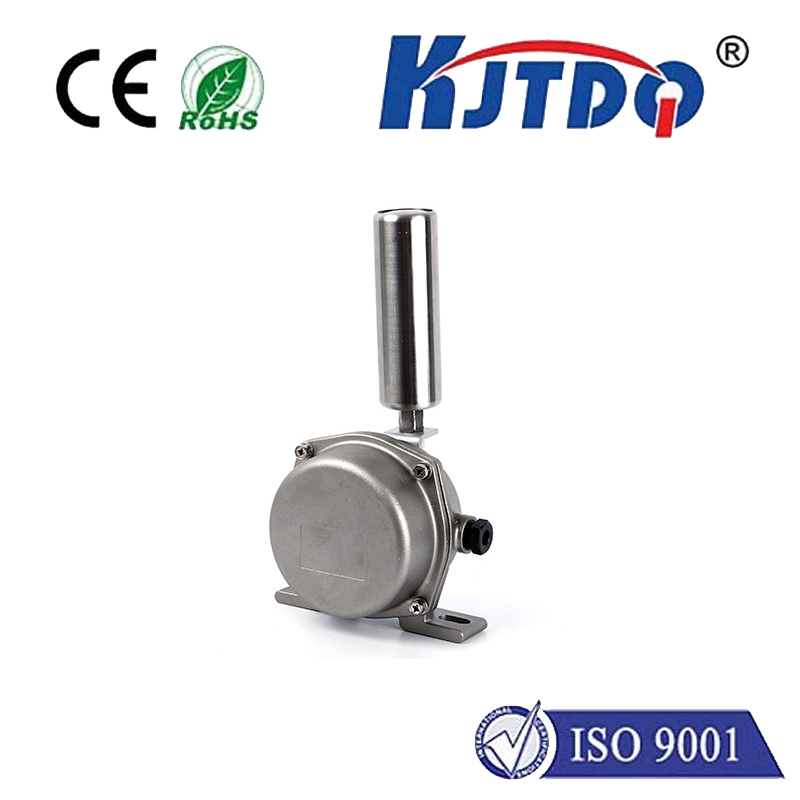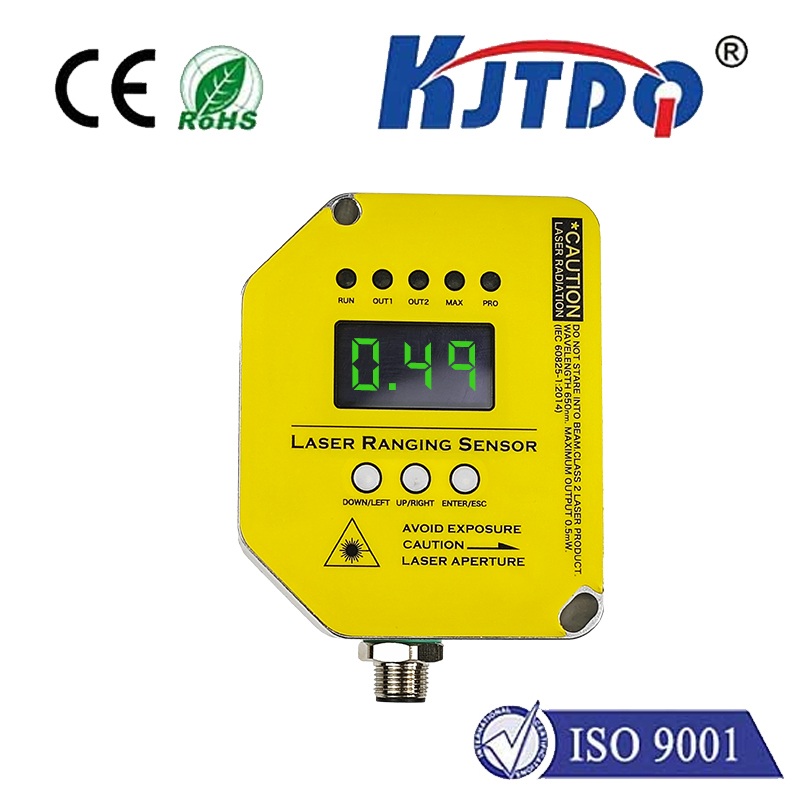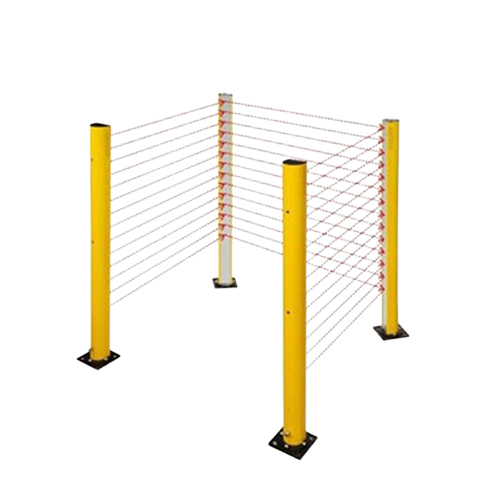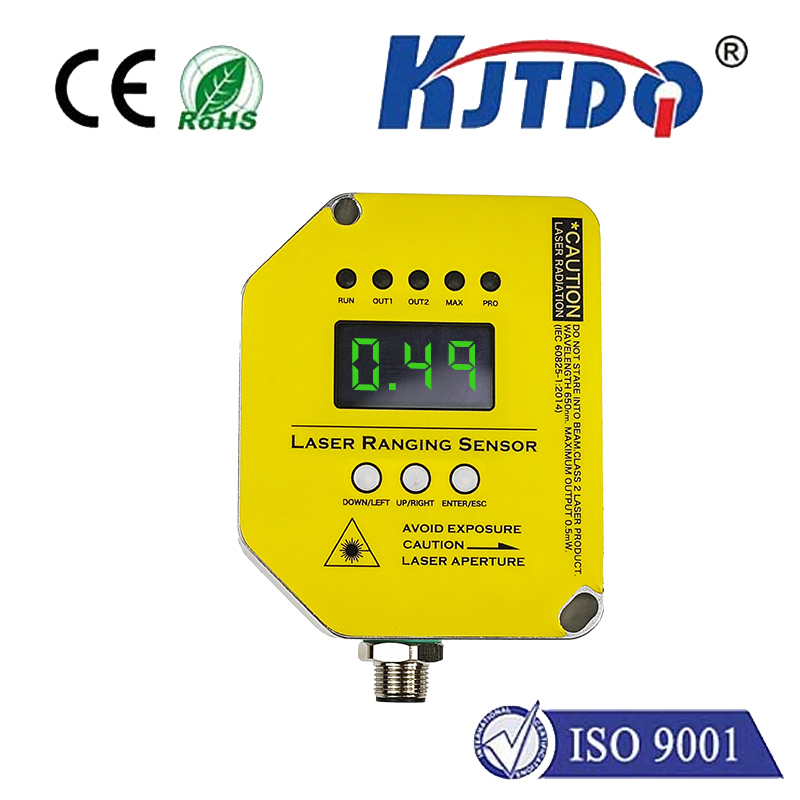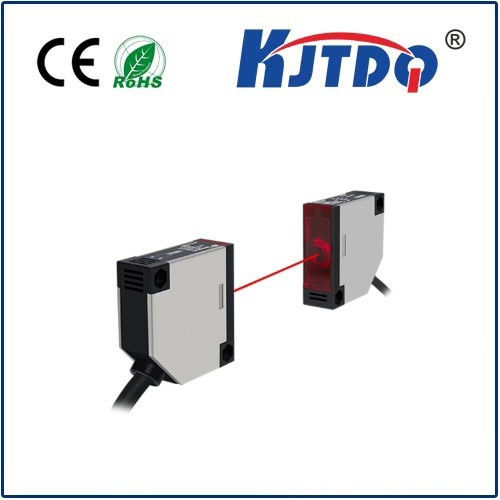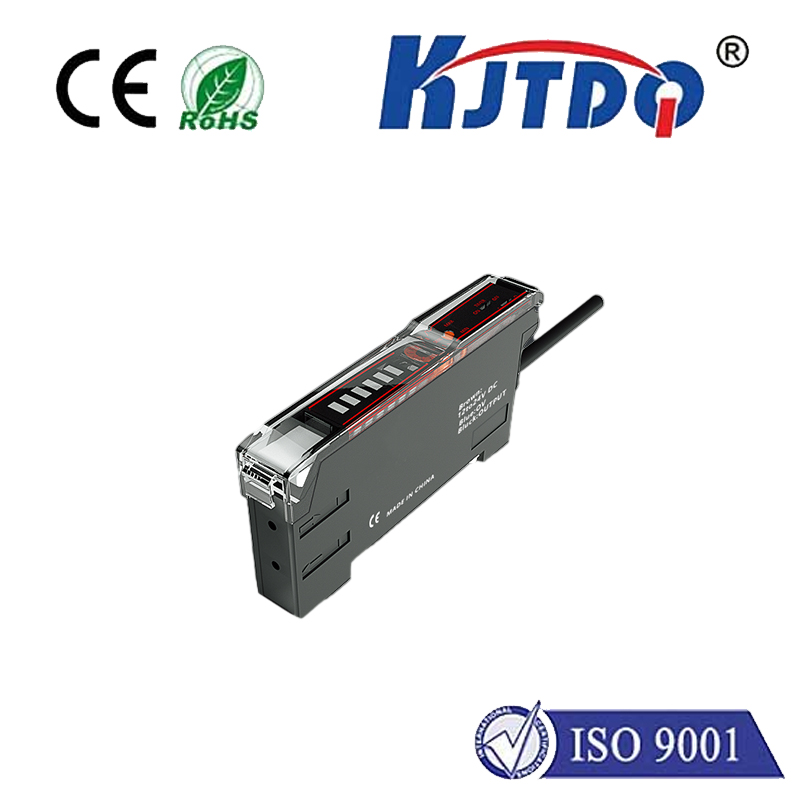

check

check

check

check
S-BFO GC SAO Optical Fiber Sensor: A New Frontier in Sensing Technology
In an era where precision and real-time monitoring are critical, the development of advanced optical fiber sensors has opened new possibilities in various industries, from telecommunications to environmental monitoring. One such innovation is the S-BFO GC SAO optical fiber sensor, a cutting-edge device that leverages the unique properties of bismuth ferrite (BFO) and gallium carbide (GaC) to create a highly sensitive and accurate sensing system. This article explores the fundamentals of the S-BFO GC SAO optical fiber sensor, its working principle, and its potential applications in modern technology.
The S-BFO GC SAO optical fiber sensor is designed to detect and measure a wide range of physical and chemical parameters with exceptional sensitivity. At its core, the sensor utilizes a photonic crystal fiber (PCF) structure, which allows for precise control of light propagation and enhances the sensor’s ability to detect even minute changes in the surrounding environment. The integration of bismuth ferrite (BFO) and gallium carbide (GaC) into the sensor’s design significantly improves its performance by enabling the detection of both thermal and chemical signals with high accuracy.

One of the key advantages of the S-BFO GC SAO optical fiber sensor is its non-invasive and real-time monitoring capability. Unlike traditional sensors that often require physical contact or complex calibration processes, this sensor operates passively, using the interaction between light and the material to detect changes in the environment. This makes it particularly useful in applications where minimizing interference and ensuring high reliability are essential.
The sensor’s operational mechanism is based on photonic bandgap (PBG) effects, where the refractive index of the material changes in response to external stimuli. When the sensor is exposed to temperature variations, pressure changes, or chemical substances, the photonic bandgap of the fiber shifts, which is detected by the light intensity and wavelength. This shift allows for the quantitative measurement of the detected parameters, providing real-time data that can be used for process control, safety monitoring, and environmental assessment.
The S-BFO GC SAO optical fiber sensor is particularly well-suited for high-temperature and high-stress environments. The BFO material exhibits excellent thermal stability and resistance to degradation, making it ideal for use in harsh conditions. Additionally, the GaC incorporation enhances the sensor’s chemical sensitivity, enabling it to detect a wide range of gaseous and liquid substances with high precision. This makes it a valuable tool in industries such as chemical processing, environmental monitoring, and biomedical applications.
Another significant feature of the S-BFO GC SAO optical fiber sensor is its low power consumption and high signal-to-noise ratio, which ensures that it can operate efficiently in various power-constrained environments. The sensor’s compact size and modular design also make it easy to integrate into existing systems, reducing the need for costly modifications.
In summary, the S-BFO GC SAO optical fiber sensor represents a significant advancement in the field of optical sensing technology. By combining the unique properties of bismuth ferrite and gallium carbide, this sensor offers a highly sensitive, reliable, and versatile solution for real-time monitoring and measurement. Whether used in industrial settings, environmental monitoring, or biomedical applications, the S-BFO GC SAO optical fiber sensor is poised to play a crucial role in the future of sensing technology.
The S-BFO GC SAO optical fiber sensor is not just a technological innovation—it is a step forward in the quest for precision, reliability, and efficiency in modern sensing applications. Its integration into various industries promises to revolutionize how we monitor and respond to environmental and operational changes.
